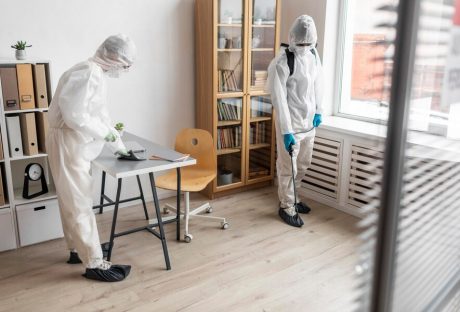The COVID-19 pandemic has made us more cognizant of our mortality. Many people are starting to become more aware of the importance of healthy living. Smoking are responsible for up to 90% of all lung cancer diagnoses, as well as many other types of cancer.
One of the most important steps towards a healthier lifestyle is identifying and breaking self-destructive habits. You almost certainly have at least one bad habit that is threatening your health and well-being. Your quality of life and life expectancy will drastically improve if you take the correct action.
Here are some highly unhealthy habits that you should avoid at all costs.
Smoking Tobacco
Cigarettes are probably the least healthy mainstream habit in the United States. They are responsible for more preventable deaths than anything else. Although the prevalence of smoking has dropped drastically since the 1970s, 480,000 people still die of cigarette use every year. Cigarettes are responsible for up to 90% of all lung cancer diagnoses, as well as many other types of cancer.
In addition to causing premature deaths, cigarettes also hurt your quality of life in numerous ways. They cause vision problems, depression, anxiety, impaired lung function, and many other serious issues.
If you are a regular smoker, your number one priority should be to quit. This is the single biggest change in your life that will benefit your health. You can try using tobacco free dip to move away from cigarettes.
Consuming Food Late In The Evening
You might be tempted to have late-night snacks. There might be a number of reasons for this. Perhaps you didn’t get enough protein with your dinner. You might have eaten dinner too early in the evening, which leaves you feeling hungry an hour or two before bedtime. You might simply feel like snacking to alleviate anxiety.
Regardless of the reason, eating snacks late at night creates multiple health risks. It is a precursor to weight gain because your body can’t process the food as efficiently as late at night. Late-night snacks also tend to disrupt your sleep patterns. You might have trouble falling asleep at all and struggle to reach deep REM sleep when you finally doze off.
Eating Too Much Meat
Hot dogs, hamburgers, and ham sandwiches are major staples in the western diet. Meat isn’t just tasty. It also is a rich source of protein.
Unfortunately, many people consume meat excessively. You may develop a number of health problems if you eat too much of it, especially red meat.
What health risks can it create? Regular consumption of processed and red meat increases the risk of heart disease, diabetes, and multiple types of cancer. A research team from the Harvard School of Public Health found that eating one serving of processed red meat every day increased the risk of death from cardiovascular disease or cancer by 20%.
You don’t need to become a vegan. However, you should minimize your consumption of meat and reserve red meat for special occasions.
Using Your Smartphone Too Often (Especially In The Evening)
Smartphones are the newest addition that is taking over our lives. Unfortunately, they are so widely accepted that most people refuse to acknowledge the toll that they are taking on our health.
Excessive smartphone use can be debilitating in a number of ways, such as:
- People that use smartphones regularly are more likely to suffer from back and neck problems. Every time that you look down to use your mobile device, you are putting around 60 pounds of pressure on your spine.
- You have a higher risk of developing vision problems. The light from your smartphone screen can cause long-term damage to your retina. Your eyes might also start to suffer from nearsightedness since you aren’t spending enough time looking out long distances.
- Your mobile devices might also disrupt your sleep patterns. If you are using them late at night, then you might be throwing off your circadian rhythms. You will have a harder time falling asleep and get less restorative REM sleep as well.
You can’t be in denial about the problems that your smartphone is causing. You need to use it in moderation to prevent back, neck, and sleep problems.
Read Also:






















